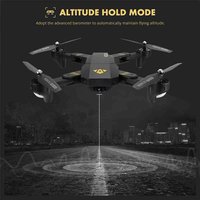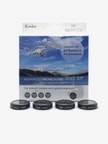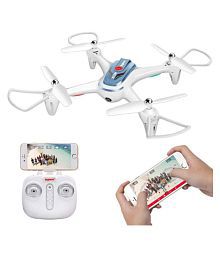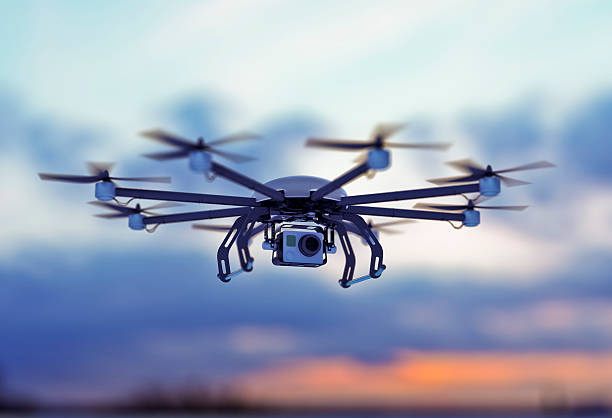how does the camera work
Everyone takes for granted how simple it is to take photographs on smartphones, but in reality, the camera is a complicated machine. This blog will explain what happens inside the camera and give some insights into some of the more intricate technicalities, such as digital photography versus film photography and sensor size.
Image source: https://www.amazon.com/
The camera works by collecting light with its lens and then transferring that light to an image sensor listed by pixels. The information from each pixel creates a picture once this light is received.
Image source: https://www.pinterest.com/
These pixels are arranged in many rows or columns which are next transferred onto tape or a computer screen or printed onto paper for viewing.
Image source: https://www.shopclues.com/
Note- this is not to be copied verbatim from the article, but knowledge of the topic.
What are pixels?
Image source: https://www.flipkart.com/
For any image that you want to capture, the camera must first convert these colors into digital information. Each pixel represents some amount of light and all of these pixels work together to display your image.
Image source: https://www.tatacliq.com/
This is why it is important to get as much light into your camera as possible by having a high f-number such as f/2.8 or higher. This can be done by using a lens with big apertures (f-number) and length for photons coming in and each pixel, in turn, gets excited about them more easily.
What are f-stops?
Image source: https://paytmmall.com/
The f-stop is the numerical value of the aperture and the f-value represents how much light gets into the camera. The bigger this f-number, the more light that is collected by each pixel.
Image source: https://www.smartprix.com/
How does it work you might ask? Well, an iris in a camera lens needs to be opened up to let more or less light in and this is how these circles work.
Image source: https://gadgets360.com/
The longer or larger this aperture, the bigger each portion of light gets before entering your camera. Think about the difference between shining a flashlight through two holes of different diameter on a door.In this article, we will be examining how the camera works in detail. The basic components of the camera are shown below:
Image source: https://rtings.in/
The lens that provides a flat image of the object being photographed onto a surface such as film or a semiconductor sensor. The focal length of the lens is shown in the image below:
Image source: https://www.snapdeal.com/
The light-sensitive surface (type of film or type of sensor that records the image). The size and magnification of the lens is shown below:
Image source: https://www.reliancedigital.in/
The shutter, which opens and closes during a period of time. The exposure value assigned to a picture on a light-sensitive surface. The exposure value is determined by light reflected from an object and hitting the sensor. In pictures with movement (e.g. a moving person), the exposure value is determined by the brightness of the light reflected from an object and hitting the sensor. The shutter speed is shown below:
Image source: https://www.istockphoto.com/
The aperture mechanism that controls how much light hits the light-sensitive surface. The aperture can be adjusted by altering the opening of a diaphragm in front of the lens. The aperture size is shown below:
Image source: https://www.amazon.com/
The frame rate of a camera's sensor, which determines how many images it can record per second (a higher frame rate allows for more images to be recorded in a given time period).
Image source: https://www.pinterest.com/
The image quality of a camera is determined largely by its resolution and field of view (FOV).
Image source: https://www.flipkart.com/














This is a really good blog wish more people would read this, you offer some really good suggestions on Drone Photography Destin. Thanks for sharing!
ReplyDelete